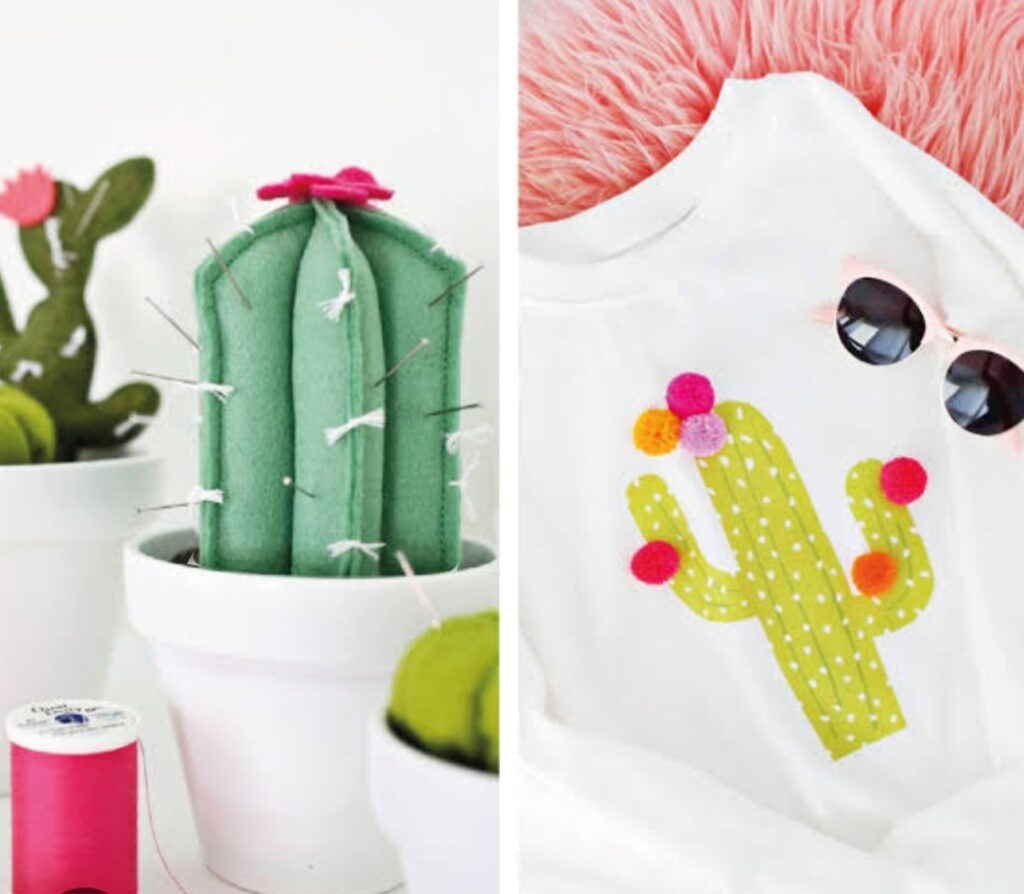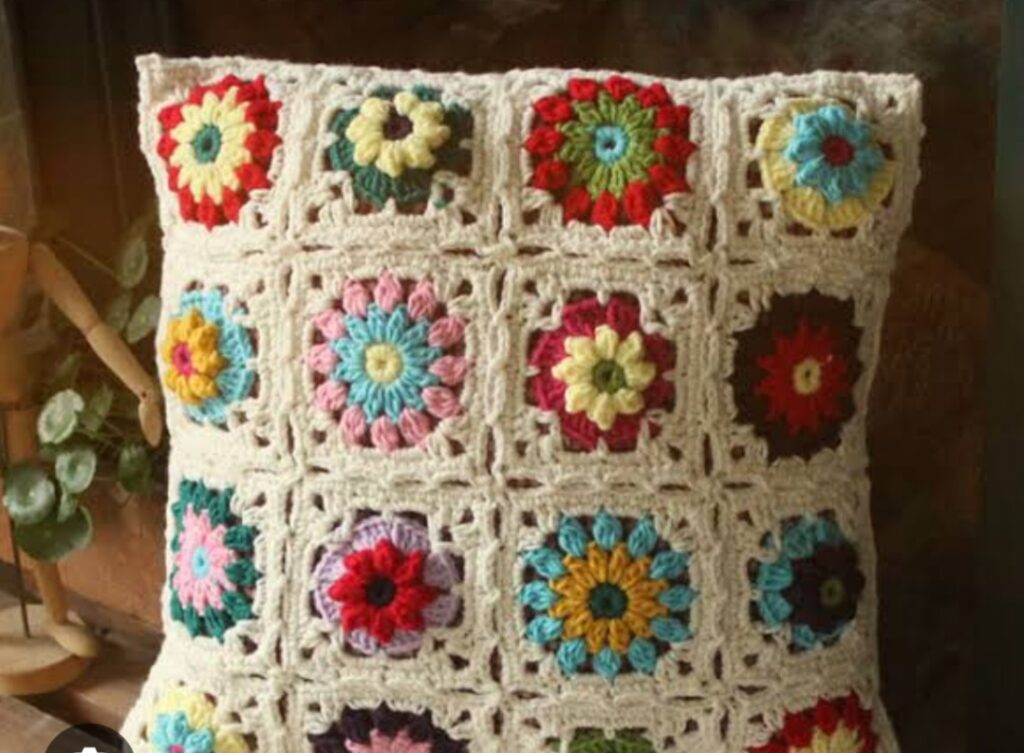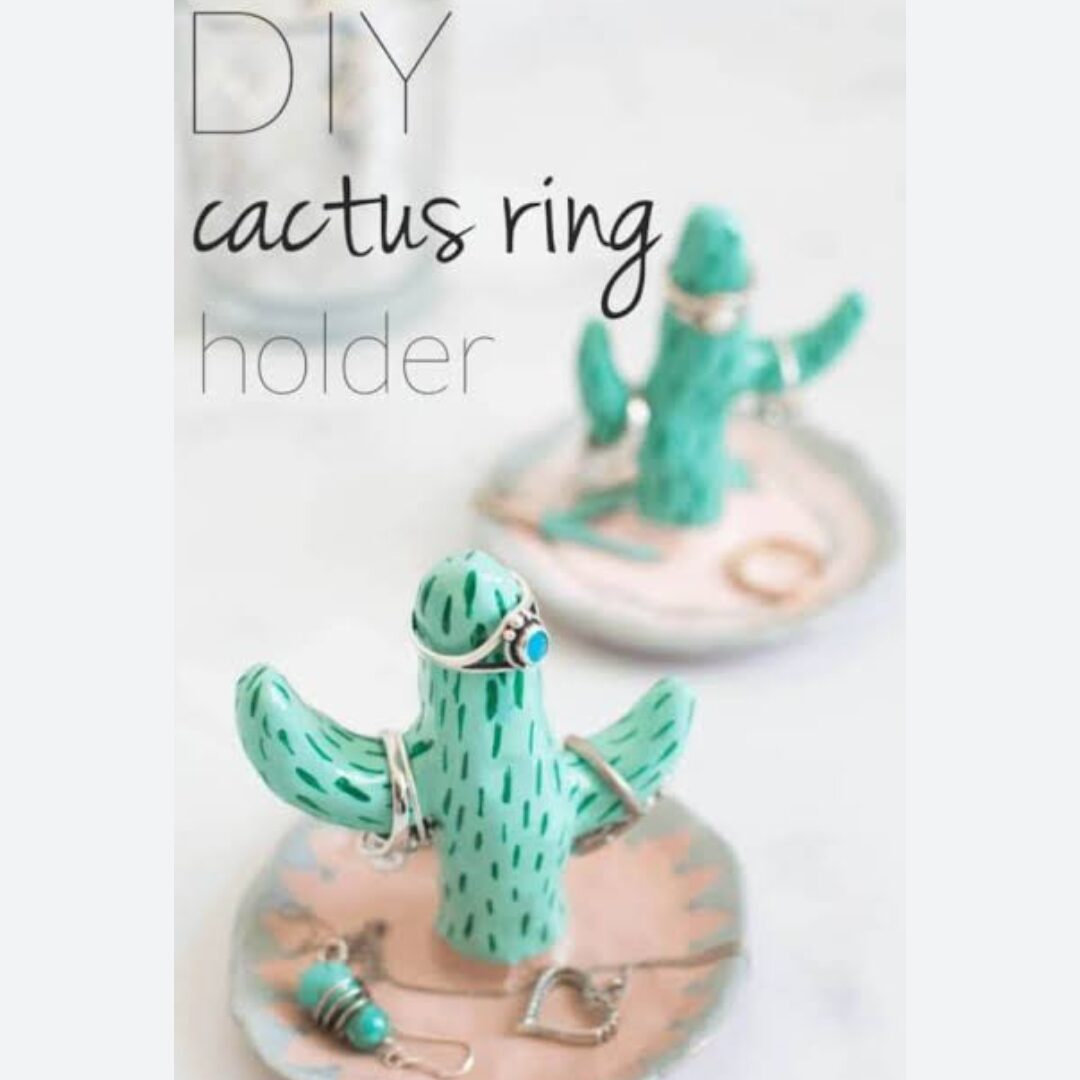
Creative Handmade Things to Sell & How to Make Them…
In a world where mass-produced products dominate, there’s something undeniably special about handmade items. Whether it’s the craftsmanship, creativity, or the personal touch, handmade goods offer something unique that factory-made products just can’t replicate.
For those with a flair for creativity, selling handmade items is not only a great way to express yourself, but it can also be a rewarding business venture.In this blog, we’ll explore some creative handmade items you can sell and offer tips on how to make them, so you can kickstart your journey into the handmade business world.
Why Sell Handmade Items?
-Unique Products: Customers love the individuality and craftsmanship that comes with handmade goods.- Personal Satisfaction: There’s a deep sense of fulfillment in seeing your creation appreciated by others.- Flexible Business: You can work from home, set your own hours, and even turn a hobby into a profitable business.

Creative Handmade Things to Sell
1. Handmade Jewelry Jewelry is always in demand, especially unique, one-of-a-kind pieces. You can experiment with materials like beads, gemstones, wire, or even clay.
How to Make It:
Start with basic tools like pliers, wire cutters, and jewelry wire. Tutorials on YouTube can help you learn techniques like wire-wrapping or beading. You can also source unique beads and materials online to make your designs stand
2. Hand-Poured Candles.
With the rise of natural and organic products, handmade soaps have become incredibly popular. You can infuse them with essential oils, herbs, or natural exfoliants like oatmeal.
How to Make It:
There are two main methods: melt-and-pour or cold process. Melt-and-pour is simpler for beginners. All you need is a soap base, molds, and your desired additives. Melt the soap base, mix in essential oils or other ingredients, pour into molds, and let it set.
4. Custom T-Shirts.
Custom clothing, especially t-shirts with unique prints or hand-painted designs, is a great niche. You can create designs for specific groups, such as sports teams, bachelorette parties, or even for everyday wear.
How to Make It:
Invest in heat transfer vinyl and a basic heat press for custom t-shirts, or use fabric paint and stencils if you prefer hand-painting. Alternatively, consider working with print-on-demand services to print your original designs.

5. Macramé Wall Hangings.
From plant hangers to intricate wall art, macramé is a great way to sell handmade products that people love to decorate their homes with.
How to Make It:
You only need macramé cord and basic knotting techniques to get started. There are plenty of online tutorials to help you learn various knots and patterns. Practice different designs to create a variety of pieces, from simple plant hangers to elaborate wall art.
7. 6. Hand-Painted Mugs
Everyone loves a unique mug. Whether it’s for coffee, tea, or hot chocolate, a personalized mug makes a thoughtful gift and a functional work of art.
How to Make It:
Buy plain ceramic mugs and use ceramic or porcelain paint to create your designs. After painting, bake the mugs in your oven to set the paint. You can add quotes, drawings, or custom names to cater to a specific audience.
7. Knitted or Crocheted Items.
Handmade scarves, hats, and blankets are popular, especially during the colder months. If you enjoy knitting or crocheting, this could be a profitable niche for you.
How to Make It:
You’ll need yarn, knitting needles, or crochet hooks. Start with simple patterns like scarves or hats, then expand to more intricate designs as you gain experience.

How to Make Handmade Items: Tips for Beginners.
1. Start with a Simple Idea Don’t try to take on complex projects right away. Choose one or two items that you’re passionate about and learn the basics before expanding your product range.
2. Use High-Quality Materials. Even though handmade items have a personal touch, customers still expect quality. Invest in high-quality materials to ensure your products are durable and appealing.
3. Watch Tutorials & Join Communities There’s a wealth of free resources available online. YouTube, Pinterest, and craft blogs are great places to learn techniques. Joining craft communities, both online and in person, can also provide inspiration and support.
4. Create a Workspace A designated crafting space can help you stay organized and productive. It doesn’t have to be fancy—just a space where you can store materials and work on your projects without distractions.
5. Test Your Products Before selling, test your handmade items to ensure they meet your quality standards. For example, make sure your candles burn evenly or your soap lathers well. Consider giving samples to friends and family for feedback.
6. Package Thoughtfully Packaging can be just as important as the product itself. Use eco-friendly packaging, or create custom tags and wrapping to make your items stand out.

Selling Your Handmade Items.
Once you’ve created a collection of products, it’s time to start selling! You can set up an online store on platforms like Etsy, Shopify, or even social media sites like Instagram and Facebook. Make sure to take high-quality photos of your products and provide detailed descriptions to attract customers.
Local craft fairs, markets, and pop-up shops are also excellent opportunities to showcase your handmade items and connect with buyers in person.
Conclusion.
Whether you’re looking for a creative outlet, a side hustle, or a full-time business, selling handmade items can be incredibly rewarding. With the right materials, tools, and a little patience, you can turn your passion for crafting into a profitable venture. Keep experimenting with new ideas, perfecting your craft, and building a community around your handmade products.





Leave a Reply